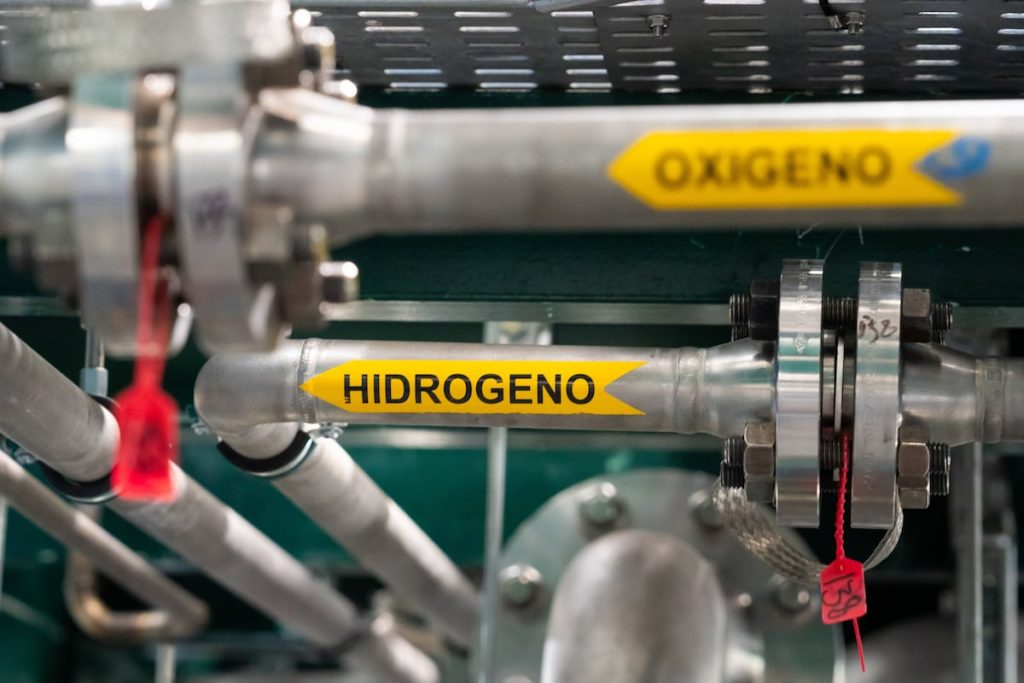Spain and Portugal have dominated the first European hydrogen auction. Three Spanish projects (Catalina and Hysencia in Aragon, and El Alamillo in Andalucia) have received 263 out of 720 million euros in grants awarded by Brussels through the European Hydrogen Bank. The neighboring country has also placed two projects among the beneficiaries, while the remaining two are located in Nordic countries: Norway and Finland. The funds come from the revenue of the CO2 emissions trading scheme. The seven recipients will receive a premium that will subsidize the price gap between the cost of hydrogen production and the money they will receive for it.
Hydrogen is expected to play a significant role in the decarbonization of difficult-to-electrify sectors such as air and maritime transport, as well as chemical and steel industries. The main recipient of these grants in Spain will be the Catalina project, promoted by Copenhagen Infrastructure Partners (CIP) in Andorra, Teruel, which will receive over 230 million euros over the next decade. The electrolyzer, which combines electricity with water to generate hydrogen, will be 500 megawatts and will be powered by two large dedicated wind and solar plants with a total of 1.1 gigawatts. It will produce 84,000 tons per year, over 15% of Spain’s total hydrogen consumption.
The second Spanish recipient is Hysencia, projected by Angus Enterprise in Huesca, which will receive nearly 8.2 million euros in premiums over the next ten years. The third recipient, El Alamillo in Córdoba, has been granted 24.7 million in aid. All selected projects have a maximum of five years from the grant agreement signature date to start producing renewable hydrogen. The European Commission clarifies that a second call for projects similar to this one will be launched later this year.
Initiated in 2022 by European Commission President Ursula von der Leyen, the European Hydrogen Bank aims to unlock private investment and address financing challenges in the hydrogen sector. The main risk in this sector is that many announced projects may not materialize. According to a report by the International Energy Agency (IEA), only 7% of the projects announced in this area are expected to be operational by the end of this decade. Enagás, the Spanish gas system operator, projects a national production of 2.5 million tons of green hydrogen per year by 2030, with an internal consumption of one million tons.
This would leave around 1.5 million tons ready for export, accounting for 75% of the planned capacity of the future BarMar pipeline between Barcelona and Marseille, which will transport hydrogen to central and northern Europe. The hydrogen sector is seen as crucial for achieving carbon neutrality and reducing greenhouse gas emissions, especially in hard-to-decarbonize sectors. The European Hydrogen Bank aims to stimulate investment and innovation in the hydrogen sector, supporting projects that can contribute to the transition towards cleaner energy sources.


